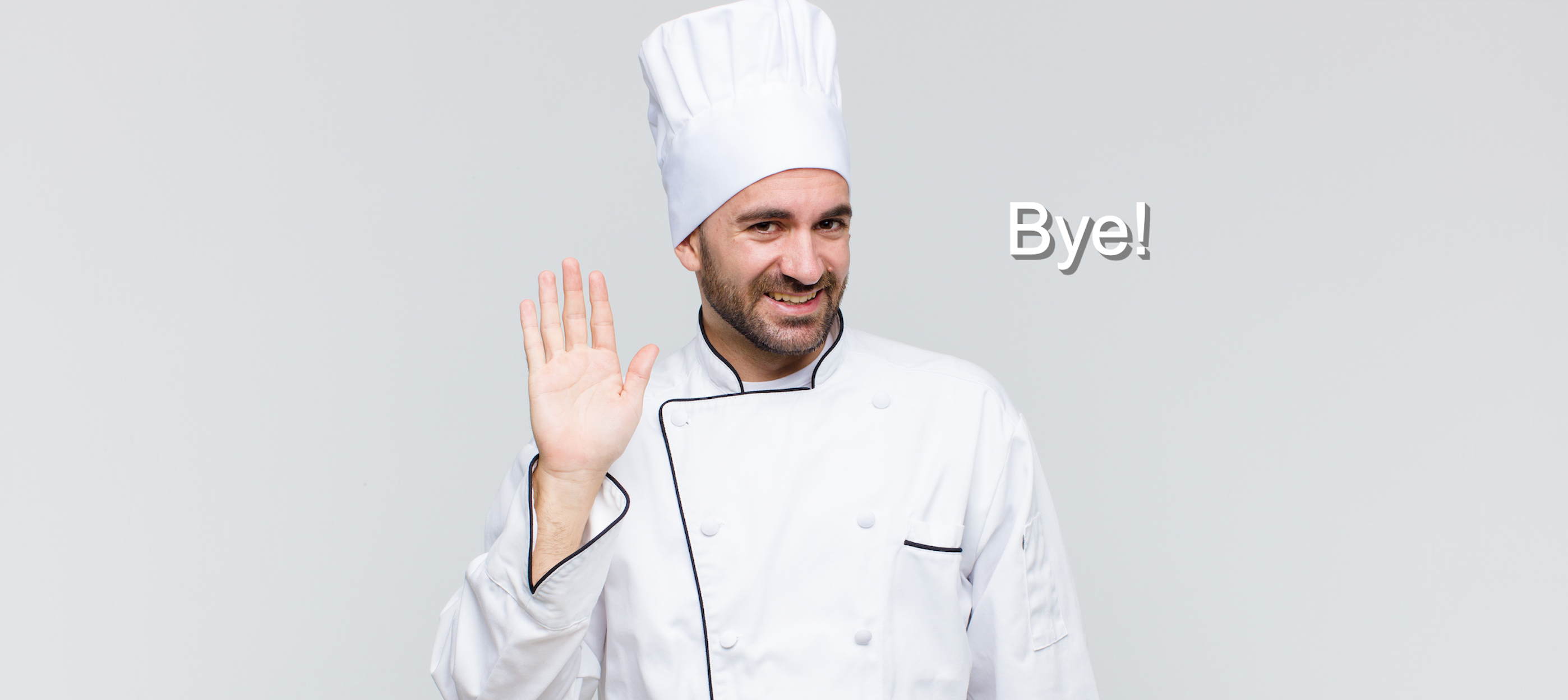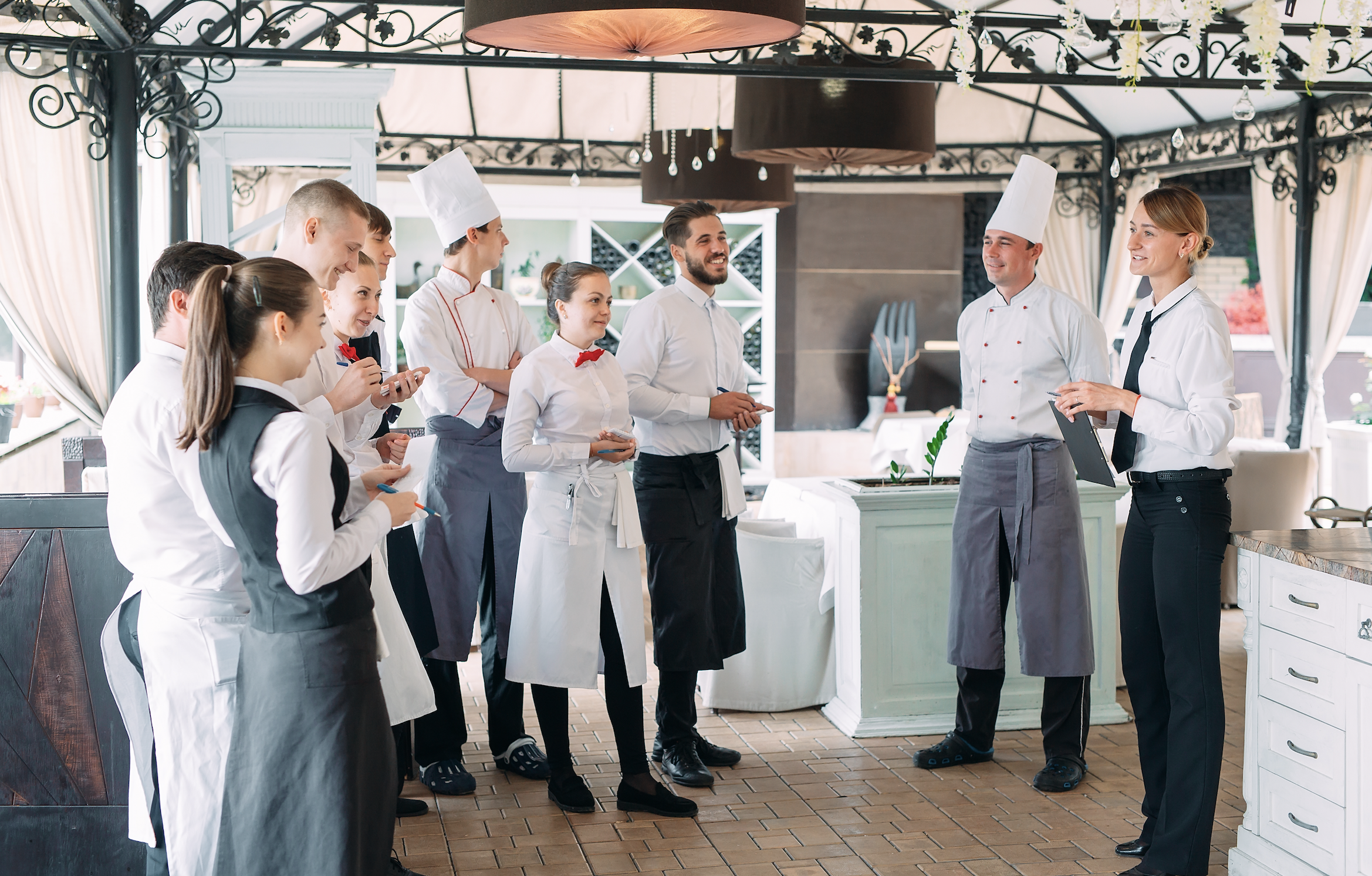What is Restaurant Turnover and How to Calculate It
Learn why restaurant turnover is something all restaurants should measure often!

Contents
Exceptional Circumstances, Exceptional Losses
Restaurant turnover has skyrocketed in the last few years, but this phenomenon is not necessarily natural or a sign of declining interest in the F&B industry. We know that the global Coronavirus pandemic has hit restaurants hard since 2020, which is one of the largest contributing factors that has caused restaurant turnover to rise.
In 2020, the turnover rate in the hospitality industry ballooned to 130.7% compared to just 78.9% in 2019. Of course, while these numbers make for grim reading, we know that 2020 was an anomaly of a year, though its aftershocks are still having a negative effect on restaurant turnover.
With this in mind, you should regularly keep tabs on your restaurant turnover so that you can take steps to curb the rate if it is too high. Luckily, we’ll be covering how you can calculate what your restaurant turnover is, what the effects of high restaurant turnover are and how you can limit your business’ restaurant turnover rate.

What Exactly is Restaurant Turnover?
Not to be confused with table turnover (which is something restaurants usually want at a higher rate), restaurant turnover is the rate at which staff leave a restaurant over a given period of time. No matter what reason your staff leave for (EG. being fired, finding new jobs or quitting without any given reason), it all counts towards your restaurant turnover.

Why is a High Rate of Restaurant Turnover Bad for Business?
It’s Expensive
Replacing a single member of staff in the hospitality industry can set your restaurant back $5,864 on average. This cost accrues in ways that may not be obvious initially. For starters, if you’re even one member of staff short, your restaurant will suffer from lower productivity. More than that, other members of staff will have to also pour their own time and resources into putting out job ads and interviewing new candidates, which wastes their time and costs the restaurant money.
It Reduces Morale
For members of staff who are prepared to stay for the long-haul, having some kind of workplace culture with familiar faces is key in building morale. If staff keep coming and going, your best staff will simply not have anyone to connect with at work and it can lead to feelings of dissatisfaction and loneliness. In the end, these feelings could even prompt loyal staff to seek out a better work environment.
It Wastes Time
Training new staff takes up the time of current employees, which further impacts productivity and costs your business money. If your restaurant’s staff are constantly using their time to train new recruits, they won’t be able to maximize their efficiency and put their time into making your business money. They also won't be able to use that time to pour new ideas into the business and help with growth.

How to Calculate Restaurant Turnover?
Step 1:
Select a time period. This could be a duration of one year, one month or even a quarter.
EG. 1 year
Step 2:
How many employees left your restaurant during your selected time.
Eg. 20
Step 3:
Calculate the average number of employees during your selected duration of time.
EG. Year start: 20, Year end 30
Average = 20+30 / 2 = 25
Step 4:
Calculate the restaurant turnover rate
EG. 20/25 = 0.8
0.8*100 = 80
In this example, your restaurant turnover rate is 80%
Step 5 (optional):
Use the same steps for different months so that you can pinpoint which month/s the most employees left in. This can help pinpoint the cause of high turnover rates. You can also compare your annual restaurant turnover rate with the industry average so you know if your restaurant is doing better or worse than others.

3 Simple Ways to Reduce Restaurant Turnover
1. Be Thorough When Hiring
Don’t just hire someone to fill a vacant role. Make sure the people you hire have the relevant skills and attitude to perform their given role well. You can also revamp any job listings you currently have and ensure they are even more detailed. This way, you can filter out candidates who are not suitable for the job.
2. Staff Feedback
A restaurant that listens to their staff regularly can identify pain points and eliminate them. If you find that all your staff are complaining of hours being too long, you can either hire more staff or reduce working hours per shift. You might even learn useful things that can help with restaurant management. For example, communication might be tough between front of house and the kitchen creating a need for better POS technology or because the kitchen needs a better system (like a Kitchen Display System) to deal with incoming orders.
3. Make Your Employees Feel Valued
If your employees feel like they’re part of an amazing workplace, they’ll be far less likely to leave. Make sure to offer plenty of encouragement when employees perform well, create opportunities for growth so your employees have solid goals and ambitions, provide good pay and perks so that the competition can’t poach your talent, cultivate a family-like environment so employees feel at home in your restaurant and offer suitable annual leave and scheduling opportunities so employees can manage their schedules effectively and remain well-rested and motivated for work.
Reduce Restaurant Turnover to Increase Restaurant Success
Your restaurant cannot run effectively without a passionate and enthusiastic team of employees. Start by calculating your restaurant turnover rate and comparing it with the restaurant industry’s average during the same period of time. If you notice yours is much higher, make sure you provide a great working environment that offers incentives, growth opportunities and motivation so your employees are more likely to remain loyal to your restaurant.